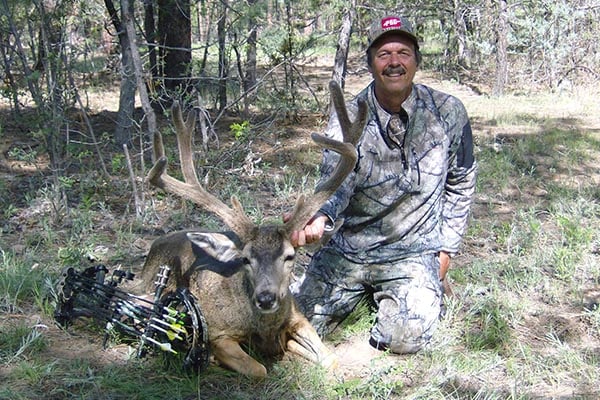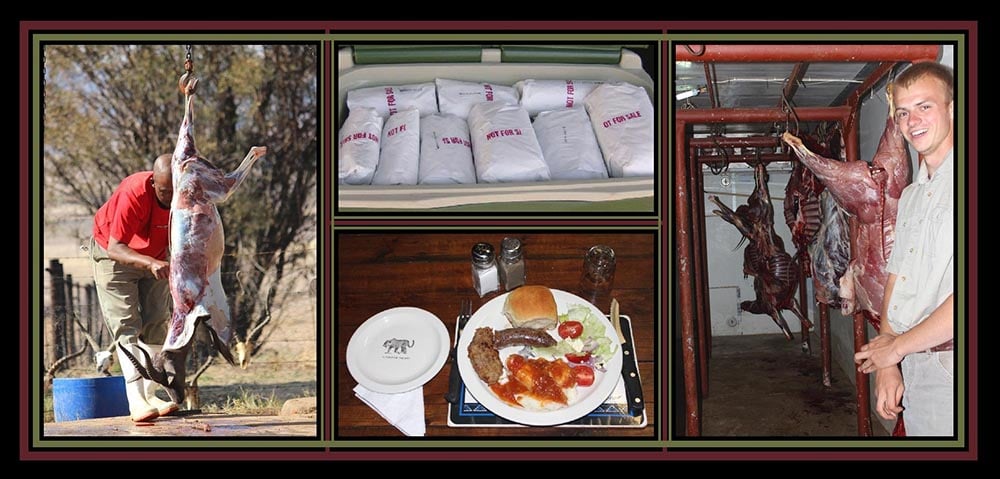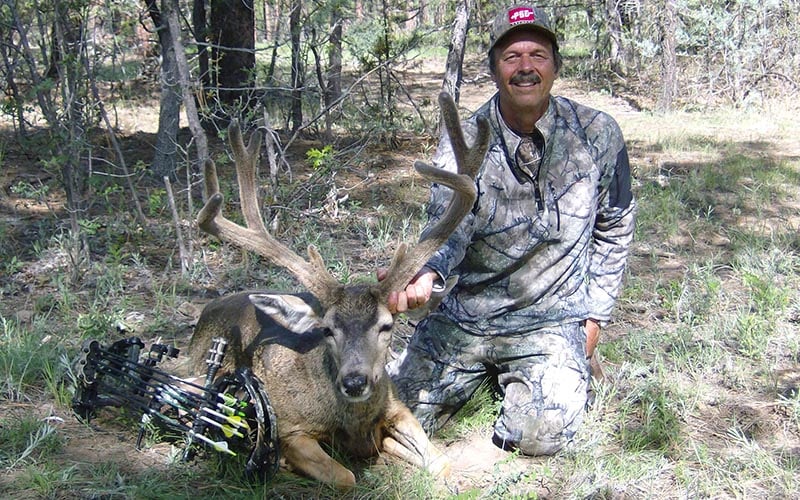
Last Updated on
By Tony Martins
The practice of “trophy hunting” came under international fire after “Cecil the Lion” was killed in Zimbabwe in July, 2015. Although no laws were broken by the hunter, “fake news” accounts of the incident fanned the fires of outrage over trophy hunting. Five months later, U.S. Fish and Wildlife Service yielded to political pressures and effectively ended lion hunting in western and central Africa by listing two subspecies of lion as “endangered” without any evidence of endangerment. The move was lauded by animal rights activists, who proclaimed that Cecil had “…changed the atmospherics of the issue of trophy hunting around the world.” In reality what this did was deprive Africans and African economies of substantial revenues from the hefty fees that would have been paid by “trophy” hunters for the taking of surplus or problem lions. Rendered worthless, these lions are now simply dispatched by landowners and government officials without ceremony, or local economic benefit.
The move also served to embolden hunter haters, who flooded social media with vitriol and an unprecedented volume of death threats. According to Shane Mahoney, zoologist, conservationist, wildlife manager and strategic advisor to both scientific and professional wildlife organizations: “People will protect and conserve wildlife, even dangerous animals, when it’s in their best interest to do so.” Trophy hunting gives animals greater value than virtually anything else, providing the necessary economic incentive throughout much of the world. Thus, trophy hunting is far more beneficial to animal populations worldwide than any cause celebre, regulatory petition or social media outrage.

Throughout much of the world, hunters are differentiated into two groups – “meat” hunters are typically local and prefer younger animals for the best table fare, while “trophy” hunters are typically visiting foreigners and prefer mature animals that have already passed-on their genetics. In Africa, landowners, concessionaires, guides, trackers, skinners, export agents, government agents and taxidermists all refer to the horns, tusks, hides and other parts of animals collected by international hunters as “trophies.” As a practical and sometimes regulatory matter the meat from these animals is not exported, but remains with the landowner, who may sell it or share it with hired help and/or local residents. Nothing is wasted. In North America, “wanton waste” laws require hunters to remove all edible meat from the field, and trophy parts – hides, antlers and horns or skulls – are packed out as well. Again, nothing is wasted. Thus, the argument that hunters kill animals “just for the trophy” is typically invalid almost anywhere in the world.

Personally, I consider every big game animal I’ve ever taken – record book caliber or not – to be a trophy. If you haven’t been scared off by the hoopla and controversy associated with “trophy” hunting, and your preference, like mine, is to pursue older, trophy caliber animals with the possibility of taking an exceptional one that might qualify for record book entry, here are a few tips:
-
- Be Selective: Don’t shoot the first legal animal you see. Have confidence in your hunting abilities and trust that another opportunity for an older/larger animal will present.
-
- Be Educated: Learn to accurately judge both age and comparative size of the animals you hunt. If you hunt deer, elk and/or pronghorn in the West you will probably recognize the Eastmans’ slogan: “Fair chase is the only way to hunt and take trophy big game.” Known as the “First Family” of western big game hunting, the Eastmans family has been documenting “trophy” hunting in print and on film for more than 40 years. Their monthly hunting journals are a wealth of where-to and how-to information including hunting tips and tactics. Mike Eastman has authored excellent books on hunting trophy pronghorn, elk and mule deer that detail field judging and his “rack bracketing” scoring system, and I have personally learned a great deal from each of them (https://www.eastmans.com/store/section/books). If you hunt eastern whitetail, North American Whitetail magazine (http://www.northamericanwhitetail.com/) is one of the best resources available. Tom Miranda’s Whitetail Slam (http://www.whitetailslam.com) documents 8 whitetail subgroups, and provides a venue for recording whitetails harvested.
-
- Gear Up: Buy the best quality optics that you can afford. For eastern deer and bear hunters, a good binocular will do – for western big game, add a spotting scope and tripod. And, if you haven’t upgraded recently, it may be time to do so. Vortex, Leupold, and Nikon all make excellent quality yet affordable optics (as well as world-class models) that will improve both your field judging and your hunting success.
- Be Conversant: You will never change the mind of an anti-hunter or animal rights activist, so don’t waste time trying. However, you should be prepared to discuss your passion with those who are not opposed to hunting when the opportunity presents. Explain how “hunting is conservation,” and understand how trophy hunting actually benefits animal populations worldwide.
Hunters are by nature collectors. Some of us collect memories of the hunt in the form of photos, others in the form of taxidermy, and still others with a freezer full of high-quality, natural protein. Documentation with entry in a record book is simply another extension of this theme. Hunt safely, hunt ethically, and consider sharing those truly exceptional animals with others who are less fortunate, through record book entry.




Leave a Reply